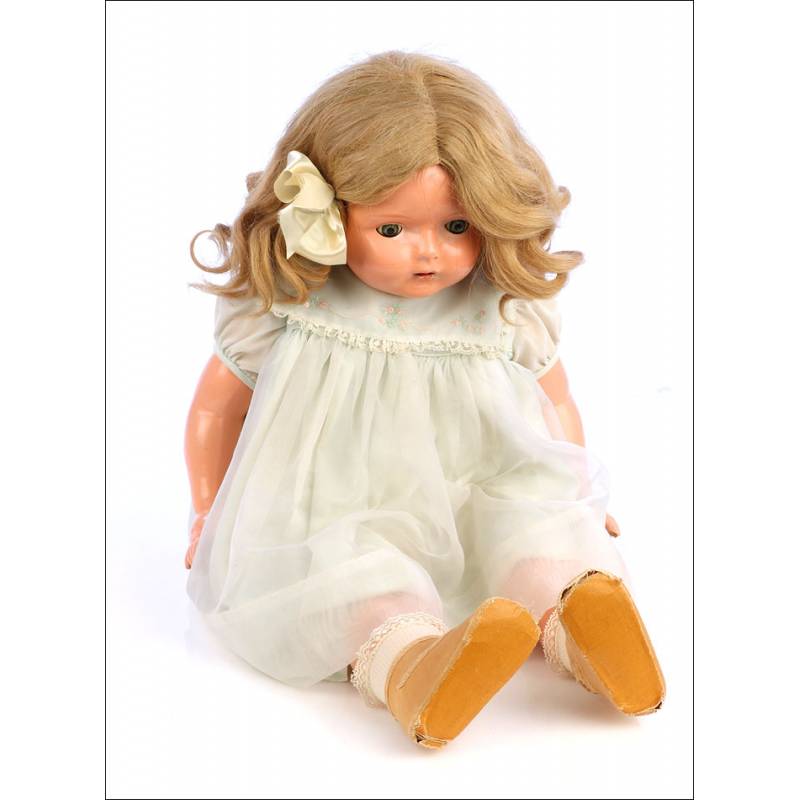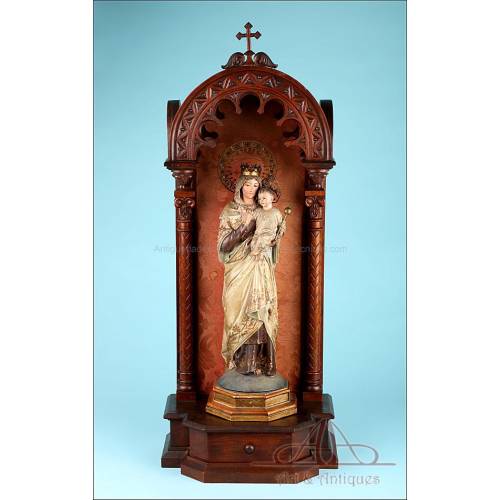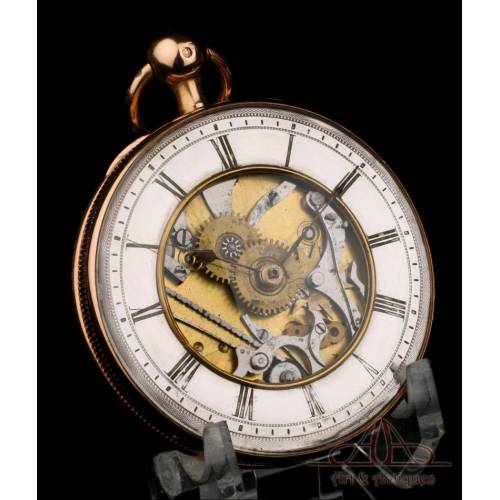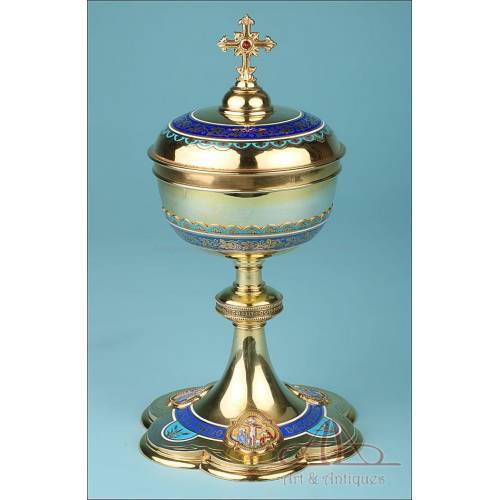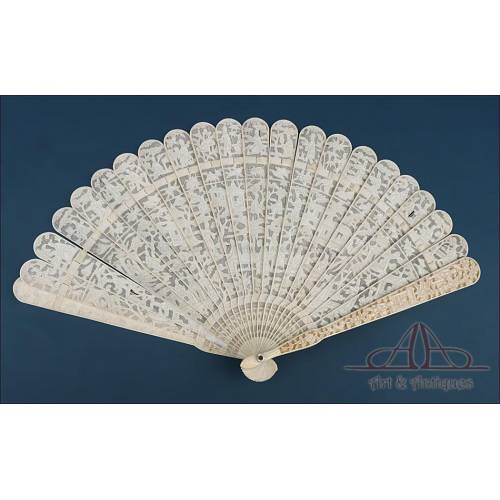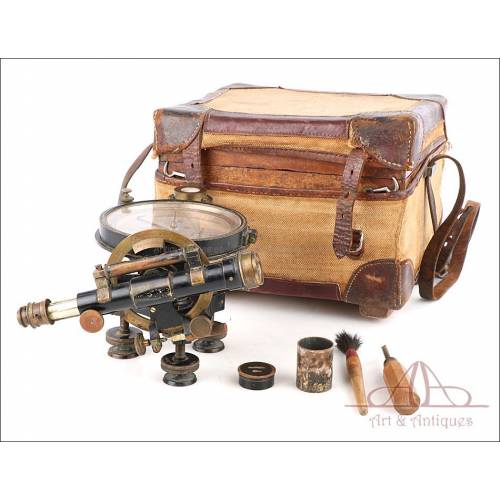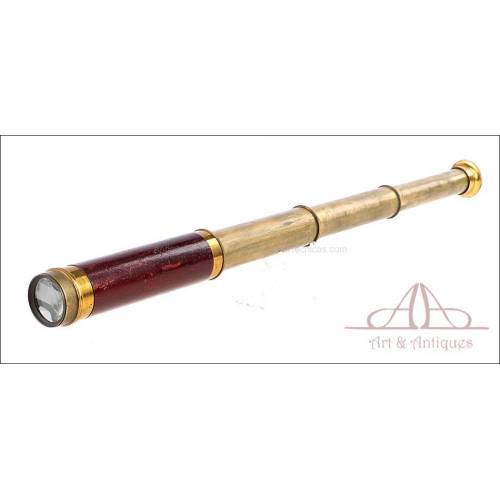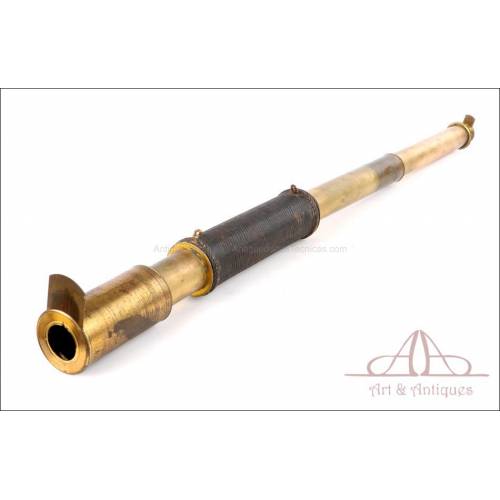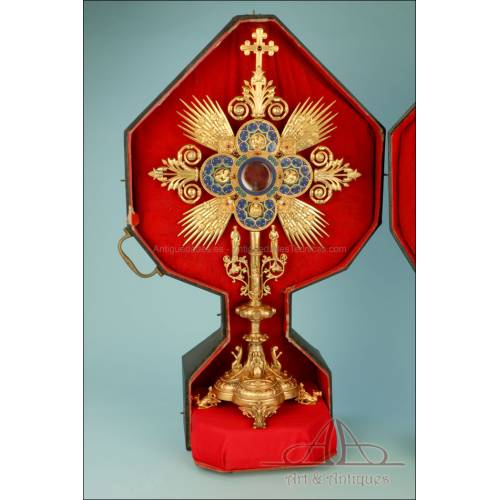C-502
Antique Doll Phonograph Mae Starr. USA, 1930s
Fascinating Mae Starr phonograph doll made by Madame Hendren. Original and in working order.
Sold!
Gorgeous antique Madame Hendren phonograph doll Mae Starr made in the USA in the 1930s. This is one of the first talking dolls ever made by the company, the Mae Starr doll. The doll is in fine condition though the material it is made of has caused slim cracks through the years. This material is known as composition or papier maché and was launched more than one century ago as an improvement over the delicate porcelain (bisque). The first composition dolls are dated in the 19th century. With the trace of time the material proved to be quite unstable and was eventually replaced by plastic. The doll that we can see in the images hides a small motor that plays phonograph cylinders. The motor and reproducer has been repaired and fine-tuned and now it works really fine, guaranteeing an optimal performance. The dolls body is complete and in good condition, preserving the original hair, dress and accessories. She wears a nice white tulle dress with delicate lace trimming and embroidered flowers. The shoes are made of light-ochre leather and keep the original buttons. The dolls eyes are mobile and expressive, remaining in quite good condition too. This antique Madame Hendren phonograph doll Mae Starr will be a great acquisition for a good collection of old-time and vintage dolls. Measurements: Height: 26 in / 65 cm. Madame Hendren Dolls - History The Averill Company was a doll manufacturing company founded in the early 20th century. In 1918 they started marketing a phonograph doll under the name Madame Hendren. It was made of composition and looked like a baby. The doll could sing and talk thanks to an Arthur motor hidden inside its cloth body, which could play phonograph cylinders. Instead of the usual crank, the motor had a small knob to engage the on/off mechanism. Ten years after Averill launched the Mae Starr doll which mounted a crank motor and played lighter cylinders. It was four inches larger than the original Madame Hendren doll and was produced between 1928 and 1944, when production stopped due to the shortage of materials caused by the war.

